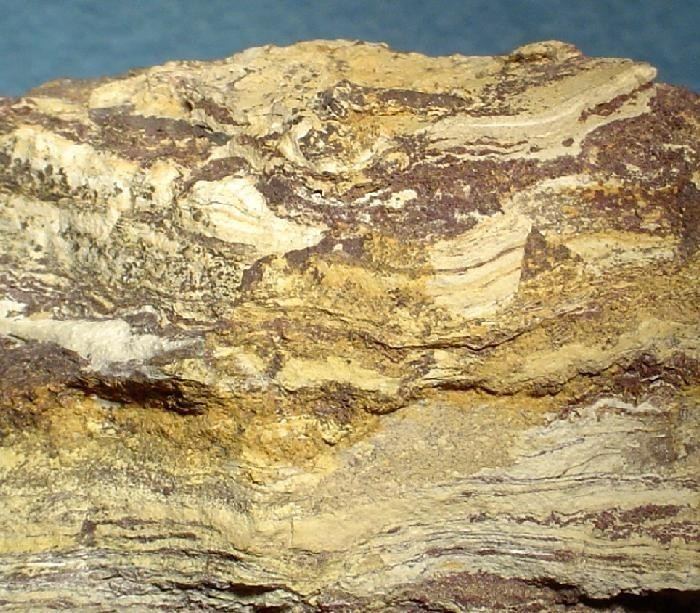Category Halide mineral Strunz classification 2.FC.15a Space group I213 | Formula(repeating unit) Hg3S2Cl2 | |
 | ||
Crystal class Tetartoidal (23)(same H-M symbol) | ||
Corderoite is an extremely rare mercury sulfide chloride mineral with formula Hg3S2Cl2. It crystallizes in the isometric crystal system. It is soft, 1.5 to 2 on the Mohs scale, and varies in color from light gray to black and rarely pink or yellow.
Contents
It was first described in 1974 for occurrences in the McDermitt Mercury mine in Humboldt County, Nevada. The name is from the old name of the mine, the Old Cordero Mine.
Structure
Corderoite has crankshaft chains that are crosswise linked by additional Hg²+. The bond distance between the cation Hg and anion S is 2.422 Angstroms. It has two angles, Hg-S-HG= 94.1º and S-Hg-S= 165.1º. Various sulfide halides of Hg share the feature of being face-sharing [HgS2X4] −6 polyhedral, as corderoite's polyhedra X=Cl.
Geologic occurrence
The main occurrence of corderoite in the type locality is in the Upper Miocene playa sediments within a thick zone, around 5–7 m (16–23 ft), sub parallel to bedding. Lake sediments including altered rhyolitic tuff and ash were deposited on the Tertiary rhyolitic volcanic rocks. Corderoite occurs as isolated grains or with cinnabar as replacements. Corderoite occurs as a low temperature supergene mineral.
